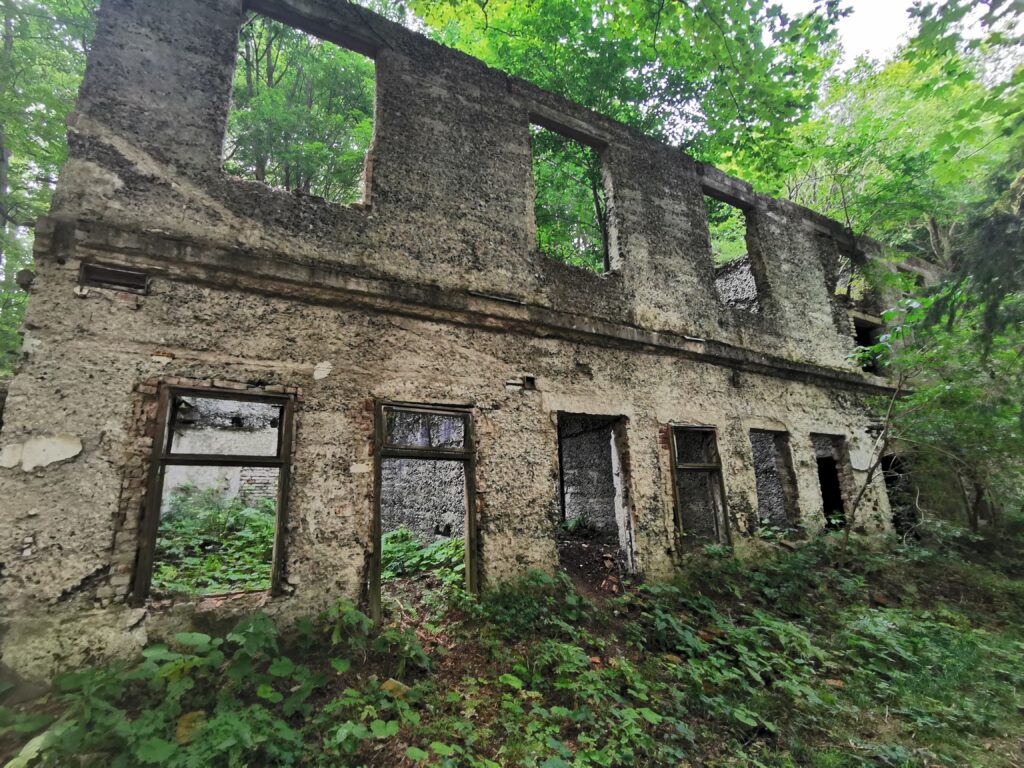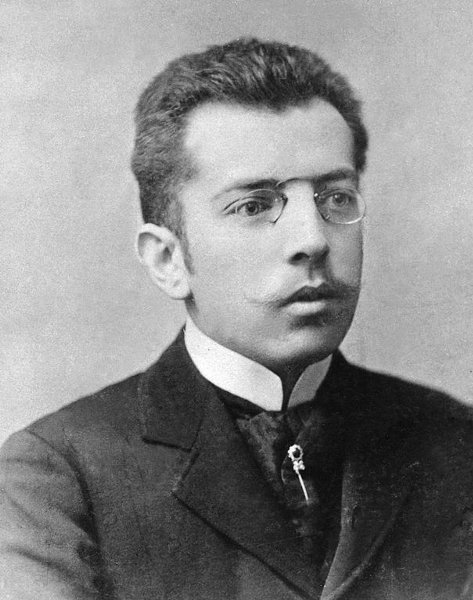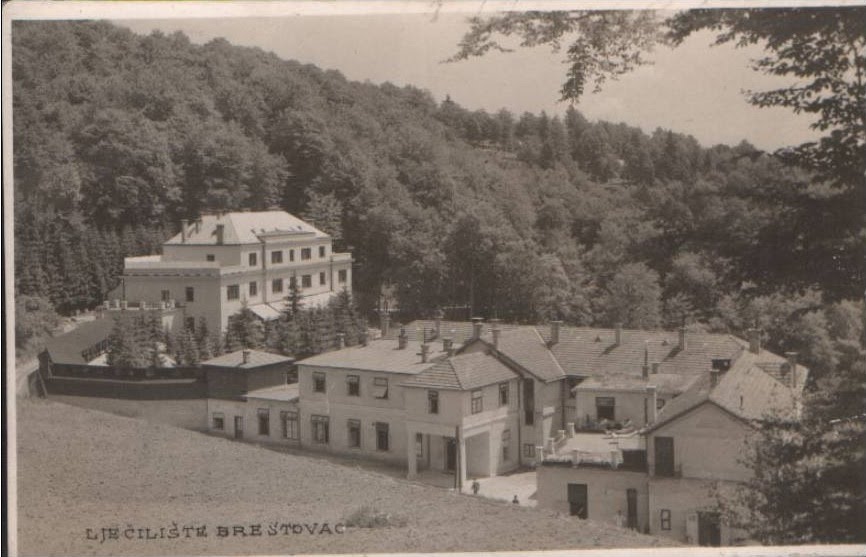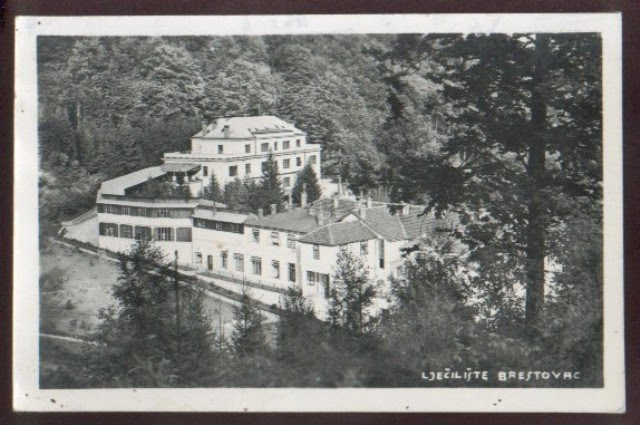

Everyone enjoys hearing a nice, cheesy love story. Ljerka Šram and Milivoj Dežman’s love story is undoubtedly one of those tales of an unending and enduring love that people have always murmured about, a love that was never meant to end happily. Here is how it goes.

Once upon a time, in a city in the Kingdom of Croatia-Slavonia called Zagreb, lived a little boy and a little girl named Milivoj Dežman and Ljerka Šram. They were childhood neighbours and as any good story starts, they were in love. Both of them were from well-known and respected families who were friends as they have been living close by for a long time. Milivoj’s father was a poet and doctor; Ljerka’s father was a lawyer and even briefly served as vice president of the Croatian Parliament.

One day, Dežman, who chose to study medicine just like his father, had to leave for the Austrian city of Graz. When he and Ljerka said their goodbyes, they made a promise: they would write each other letters, so they would not let the distance separate them. Milivoj was determined to marry Ljerka as soon as he returned to Zagreb with his diploma. He kept his promise and during his university years he wrote love letters to Ljerka. But one day, despite her assurance that she would wait for him, the letters abruptly ceased coming in.
Ljerka’s career took off and she became a regular performer on the Zagreb theatrical circuit. She was then also known as Lady Šram. Ljerka’s acting skills became increasingly spectacular over time, and members of upper society started to take notice of her. Even Emperor Franz Joseph I of Austria was amazed by her talent. As she was a stunning young woman, she attracted a lot of suitors. Of course, Milivoj heard those rumours about Ljerka being unfaithful to him, but he chose not to trust them. His love for her was greater than that. She started to perform more and more, establishing herself as one of the most well-known performers in Zagreb. Everywhere she went, people noticed her because of her attractiveness. She would catch men’s breaths away when she strolled along the streets. She was even dubbed ‘Lady of the Camellias’, like in Dumas’ book. (To those who don’t know about this novel, it is a tragic love story between Marguerite Gautier, a courtesan suffering from tuberculosis and Armand Duval, a young bourgeois. Marguerite is nicknamed the Lady of the Camellias because she was wearing camellias on her chest, a red one when she was menstruating and a white one when she was available to her lovers. Later on this nickname would be oddly premonitory.)
Eventually, Milivoj’s heart broke that terrible day when he discovered that Ljerka had got married. But this didn’t stop him when he returned to Zagreb; he kept trying and he did everything he could to get closer to Šram. Milivoj took a position as a doctor in a clinic as he was certain that if he became well known in medicine Ljerka would notice him once again. As he was then a qualified doctor, he also became a theatre critic and wrote a few plays for Ljerka to star in them. He also gathered young artists around him so they could talk to Ljerka about him.
This is a love story so needless to say, her marriage didn’t last long. Deeply indebted, her husband ran away leaving her alone with her child. So, she turned to her long-time friend Dežman for solace. She moved in with him for a practical (read: financial) reason, but they were both content with the arrangement. He worked, she acted, they loved each other, and he did not mind that people mocked him for raising another man’s child. Everything finally fell into place, or so it seemed.
You see, luck wasn’t on this unfortunate couple’s side. Europe was plagued in the early 20th century by an epidemic of tuberculosis, a bacterial infection that mostly affects the lungs. In the Kingdom of Croatia and Slavonia, at the time, for every 7,000 people living, there was only one doctor. Because of this, the death rate from tuberculosis was extremely high, also caused by the terrible living conditions and poor hygiene standards.
This is when the tragedy starts. Ljerka was diagnosed with tuberculosis and had only little time left. But Milivoj had a plan as he wouldn’t just let her die on him. He persuaded the city’s administration to construct a hospital to treat the illness, making sure it was the best to suit his partner, who was among the first patients. There he would take care of her and the other patients, give up his job as a writer and novelist, and commit his life to the search for a tuberculosis cure.

Constructed in 1909, the sanatorium was considered one of the best tuberculosis treatment centres in Europe when it first opened. It was tucked away in the serene forest, on the slopes of Medvednica Mountain, just outside the city, which was known as Zagreb’s green lung (and still is). They called it Brestovac Sanatorium. At the time, there wasn’t much that could be done for the ones infected by this horrible disease; so, it was intended to provide a lovely location to patients where they could eat healthily, rest, and enjoy some pure and fresh air. 9,193 patients stayed at the Brestovac Sanatorium between 1909 and 1934.
The sanatorium developed into a little town; in addition to having a piggery where animals were kept for the hospital’s requirements, it also had a volleyball court, bowling alley, grocery shop, movie theatre, library, and bakery. The instructor resided in the sanatorium where the children attended school up to the fourth grade. A vehicle picked up the older students and dropped them off at the city’s school each day. Every day, food was delivered by truck, and patients were conveyed by bus. Brestovac was a modern hospital with the first X-ray and had its own radio.

In spite of all of his hard work and unremitting efforts to keep his lover alive, on a November night in 1913, Milivoj found his beloved Ljerka covered in blood. Her respiration had stopped. Panicked, Milivoj did everything he could to bring her back to life, but it was too late. Lady Šram had suffocated to death in her own blood. He then bid his last farewell to his one and only love by laying her to rest in a coffin. Deaths were not unusual at Brestovac, yet this one struck a deep chord with Milivoj. He was at the time the sanatorium’s director and was left alone in charge of the institution for years to come. He never got over losing his lover Ljerka. Brestovac has seen a number of gruesome deaths, this sad tale being only one of them. Like Šram, several patients asphyxiated in their rooms from bloody coughs.
Although they were never married, they shared a home, raised her son, and eventually remained together until her passing. What others thought of their love was never important to them. All that mattered was having each other.
Would it be a great tragic love story if there weren’t a ghost involved? We don’t think so.
Shortly after her death there were numerous rumours about a blood-smeared spirit prowling the Medvednica Mountain area. That idea even alarmed some of the hospital patients, who said that Lady Šram was praying for their healing as she visited them at night. These rumours were so frightening that families of patients wouldn’t come to visit them any more, too scared to encounter the ghost of Lady Šram covered in blood.
It is also said that she was reported to have been seen in the catacombs, which are claimed to run beneath the structure and serve as a last resting place for those who were hopelessly sick. She would meet additional deceased people while exploring these catacombs, and soon enough, staff, visitors, and patients alike would be hearing stories of a small army of wandering souls being spotted around the sanatorium grounds. The peak of these ghoulish stories occurred during World War II, when it was said that many military victims who had recently been buried nearby had joined Šram’s army of ghosts.
And here, dearest reader, is how this love tale of little Milivoj and Ljerka ends. We don’t know about you but we think this love-horror story sounds like the script from the next blockbuster.
For the remaining portion of its existence, the sanatorium served as a field hospital for the armed forces during World War I and World War II. Apart from these two periods, it operated as a health resort for patients suffering from tuberculosis and other respiratory conditions until 1968, when it was finally closed permanently. Brestovac Sanatorium was regarded as one of the greatest of its kind in this region of Europe during its prime, but it was rendered obsolete due to medical improvements in the treatment of tuberculosis.
The main building and many other buildings at the site gradually deteriorated into eerie ruins as a result of the facility’s neglect and finally simple abandonment. The idea of converting it into an elderly home was discussed among Zagreb’s city officials on a number of occasions, but it was never implemented. Now the buildings are in such a terrible state of decay that demolishing them would be the only sensible course of action.
Nowadays, this mysterious site is still accessible for thrill seekers, paintball players, urban explorers, and anybody else interested in exploring the decaying hospital ruins. Whether you believe in ghosts or not, we still advise you not to visit Brestovac Sanatorium at night. The ruins are a bit impractical and you might hurt yourself on debris, or something else… Spooky!



Start your journey in the Extinguished Countries!
Get a free chapter from our first guidebook “Republic of Venice” and join our community!